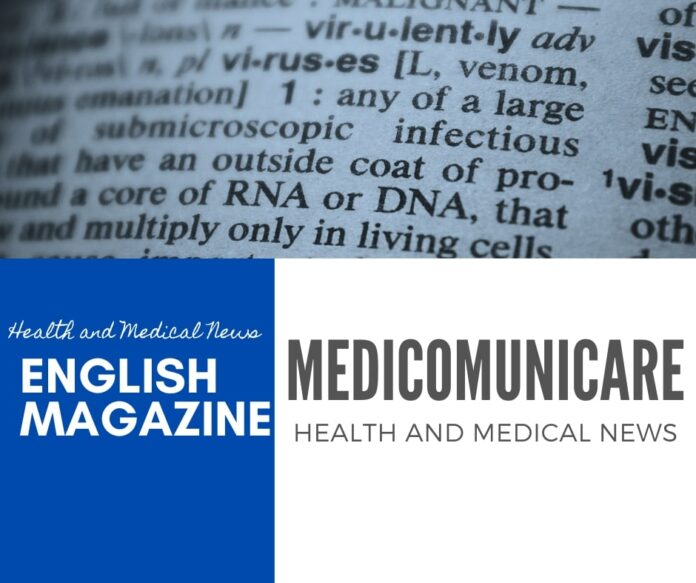Certain tumor types do not remain at their point of origin but spread throughout the body and form metastases. This is because the primary tumor continuously releases cancer cells into the blood. These circulating tumor cells (CTCs) can join together into small clusters of up to a dozen cells and settle in other organs. There, the clusters grow into larger tumors, known as metastases. Metastatic tumors are still a major medical problem: every year, around seven million people worldwide die from them. One example of such a spreading tumor is breast cancer. As soon as the primary tumor forms metastases, the chances of survival decrease drastically. Tens of thousands of women worldwide still die of metastatic breast cancer. Oncologists are therefore looking for ways to weaken or destroy the clusters in order to prevent the formation of metastases.
In a new study a team of researchers from ETH Zurich, the University Hospitals of Basel and Zurich, and the Basel-Land Cantonal Hospital, shows a new, promising approach. In a clinical study, the researchers administered the drug digoxin at a low and safe dosage for one week to nine patients with metastatic breast cancer. They found that the number of cells per cluster decreased significantly – by an average of 2.2 cells. Given that typical cluster sizes are only a handful of cells, this means a significant reduction in the risk of metastases. The smaller the clusters, the less able they are to successfully produce metastases. The Achilles’ heel of CTC clusters are the sodium-potassium pumps (also known as Na+/K+-ATPases), which are located in the membranes of tumor cells and are responsible for transporting sodium out of the cells and potassium into them.
Digoxin blocks these ion pumps and thus suppresses the ion exchange. The cells therefore absorb more calcium from the outside of the cell membrane. This weakens the cohesion of the cancer cells in the cluster, causing them to fall apart. However, digoxin alone does not eliminate the existing tumor. The agent would have to be administered in combination with other substances that kill existing cancer cells. Digoxin originally comes from the foxglove plant (Digitalis sp.) and is usually used for heart conditions such as heart failure. The ETH researchers discovered in 2019 that digoxin could also be effective in the context of breast cancer. They carried out an extensive screening in which they systematically tested more than 2,400 different substances in cell cultures to find active agents against clusters of CTCs.
In the next step, the researchers want to develop new molecules based on digoxin that are even better at dissolving the CTC clusters. The ETH spin-off, Page Therapeutics is already working on this solution and also wants to expand his research to other types of cancer that spread, such as prostate, colorectal or pancreatic cancer, as well as melanoma. Initial lab experiments have already begun. This is not, however, the only context digitalis compounds result active in cancer. Last year investigations have been published on the effect of digoxin and related moelcues on thyroid cancer cells. Despite sodium-potassium punp, these substances seem to have additional intracellular targets. These gluco-steroids, indeed, seem to bind to components of the mitogenic ERK kinase signaling, which are required for cellular prooliferation.
There are also data indicationg that they might interfere with the Janus kinase module (JAK/STAT) which many types of calcer cells use to self-regenerate or resist to chemotherapy drugs (apoptosis sppression), in manner similar to other natural compounds called cucurbitacins, present in foods like celery, zucchini, cucumbers, squashes and related plants. JAK/STAT signaling is required for breast cancer metastatic potential, along with replication; therefore digoxin and improved molecules might represent a twofer to strike complementary sides of the breast cancer cell biology.
- Edited by Dr. Gianfrancesco Cormaci, PhD, specialist in Clinical Biochemistry.
Scientific references
Kurzeder C et al. Nature Med. 2025 Jan 25; in press.
Zhu L et al. ACS Omega. 2024; 9(13):15590-15602.
Zhang C et al. Front Pharmacol. 2023; 14:1098915.
Crezee T et al. Cell Oncol. 2021; 44(3):611-625.
Chao MW, Chen TH et al. Sci Rep. 2017; 7:46134.

